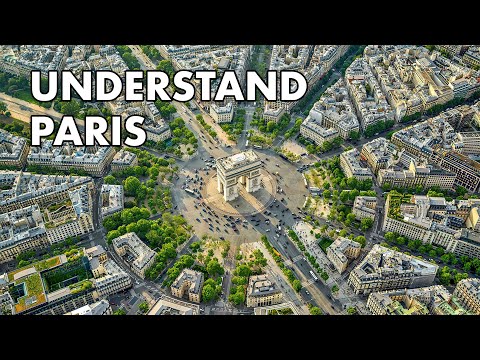
Paris, the capital city of France, is often celebrated as one of the most beautiful and romantic cities in the world. Known affectionately as “The City of Light” (La Ville Lumière), this moniker not only refers to its fame as a center of education and ideas but also to its literal illumination, being one of the first cities to adopt street lighting. With its rich history, iconic architecture, vibrant culture, and culinary excellence, Paris continues to captivate visitors and residents alike.
**Historical Overview**
The history of Paris dates back over 2,000 years when it was founded by a Celtic tribe known as the Parisii around 250 BC. The city’s strategic position on the River Seine made it a desirable location for trade and governance. In 987 AD, Hugh Capet, Count of Paris became King of France, marking the beginning of the Capetian dynasty and Paris’ role as the heart of French political and cultural life.
Over centuries, Paris has been a stage for major historical events including the French Revolution in 1789. This period led to significant changes not just in France but influenced politics and society globally. During World War II, Paris was occupied by German troops but was liberated by Allied forces in 1944, an event still celebrated with great joy each August.
**Cultural Significance**
Paris is renowned for its monumental contributions to art, literature, and science. It has been home to countless artists like Claude Monet and Pablo Picasso; writers such as Ernest Hemingary and James Joyce; philosophers like Voltaire and Jean-Paul Sartre. The city’s artistic heritage is displayed across numerous museums such as The Louvre – one of the largest and most visited museums worldwide – which houses thousands of works including Leonardo da Vinci’s Mona Lisa.
The influence extends beyond museums into music halls like Le Bataclan and literary cafes such as Les Deux Magots in St. Germain-des-Prés neighborhood—a popular hangout for intellectuals.
**Architecture**
Paris’ architectural landscape offers a visual history book from medieval times to contemporary movements. Iconic structures include Notre-Dame Cathedral (now under reconstruction after fire damage), Sainte-Chapelle known for its stunning stained glass windows; along with newer additions like Centre Pompidou noted for its high-tech architecture style.
However, no landmark is more symbolic than the Eiffel Tower designed by Gustave Eiffel for 1889 World’s Fair held in Paris—it remains one of most recognizable structures globally.
**Cuisine**
French cuisine is integral to experiencing Parisian culture with an emphasis on cheese, pastries such as croissants or macarons from famed patisseries like Ladurée; plus haute cuisine at Michelin-starred restaurants offering elaborate dishes prepared with impeccable technique.
Beyond fine dining lies a plethora street food offering from crepes sold at quaint stands along Seine banks or dynamic markets like Marché Bastille where locals shop fresh produce yet soak up everyday French life atmosphere too!
**Modern Day Paris**
Today’s Paris balances deep historic roots with a dynamic modernity that makes it a leading global city influential in fashion (it’s home Vogue Week twice year), technology startups plus sustainable development efforts seen through expansions public bicycle system Velib’ extensive public transport networks making easier ever explore every corner this bustling metropolis without needing car.
**Conclusion**
In summing up this exploration into what makes up essence truly unique entity: whether you are wandering through charming quarters Montmartre seeking out latest trends Faubourg Saint-Honoré exploring tranquil pathways along Canal Saint-Martin – every experience here builds upon layers complexity story begun millenniums ago continues evolve today’s ever-changing world stage making timeless yet perpetually new again each visit rediscovery!
